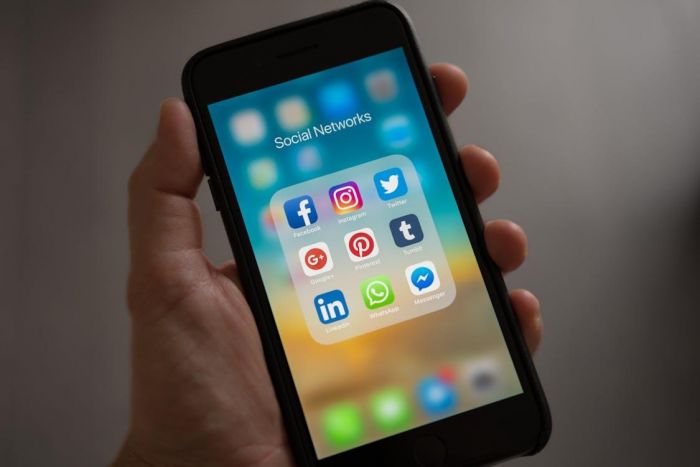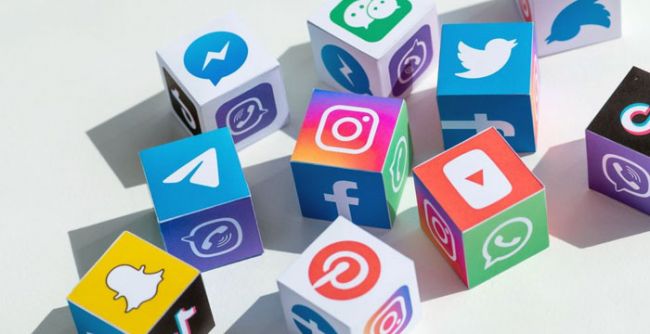Marketing has changed drastically over the years. Print ads, billboards, and TV commercials were once the most effective ways to reach consumers. Businesses relied on broad messaging, hoping their target audience would notice. There was no way to track engagement or measure effectiveness in real-time. It was a one-way conversation, with brands delivering messages and customers absorbing them.
Technology changed everything. The internet, social media, and digital tools gave businesses new ways to connect with people. Brands can now engage directly with consumers, track performance, and personalize content like never before. Digital marketing is faster, more interactive, and data-driven. It has also become more accessible, allowing small businesses to compete with larger corporations. Understanding how marketing evolved from traditional methods to digital strategies helps explain why technology plays such a crucial role in today’s advertising world.
Visual Shift – How Digital Content Changed Branding
Visuals have always been a key part of marketing. In the past, businesses used printed materials, newspaper ads, and high-cost photography for promotions. Billboards, magazines, and TV commercials relied on professional photographers and designers to create eye-catching content. While these methods were effective, they were expensive and limited to companies with large marketing budgets. Small businesses had fewer options, often relying on basic graphics or word-of-mouth advertising.

Digital marketing changed the way brands use visuals. High-quality images are now available at lower costs, making it easier for businesses to maintain a polished and professional look. Stock photography has become an essential tool, allowing marketers to access thousands of professional images instantly. Instead of organizing costly photo shoots, companies can use royalty-free images for websites, social media, and digital ads. This shift has helped businesses of all sizes create visually appealing content without spending a fortune. Moreover, free creative tools such as Canva allow businesses to quickly edit images and videos, and create photo collages, helping them generate eye-catching visuals for their digital marketing efforts.
Real-Time Engagement
Traditional advertising focuses on broadcasting messages, but digital platforms allow brands to engage directly with consumers. Businesses can post updates, respond to comments, and interact with customers in real-time. This level of connection was impossible with traditional marketing. Social media platforms like Facebook, Instagram, and Twitter have given brands the ability to build relationships with their audience rather than just selling products. To further boost engagement, brands can add Instagram feed to website and showcase real-time user-generated content, helping build trust and enhance interaction.
Customer engagement has become a major focus. Brands can see instant feedback, track customer opinions, and adjust their strategies based on real-time interactions. Influencer marketing and user-generated content have also changed the way companies promote their products. Customers trust recommendations from real people more than corporate messaging. Social media has given businesses a way to connect, listen, and respond to their audience in ways that were never possible before.
Targeted Advertising
Traditional advertising methods lacked precision. A newspaper ad might reach thousands of readers, but only a small percentage would be interested in the product. Television commercials aired to a broad audience, with no way to track who was paying attention. Businesses relied on estimates and assumptions to measure success, making marketing less efficient and more expensive.
Digital marketing introduced data-driven strategies that changed the game. Businesses now track user behavior, preferences, and interactions. With tools like Google Analytics and social media insights, brands can see what works and what doesn’t. Targeted advertising allows companies to reach the right audience at the right time. Search engine ads, personalized email campaigns, and retargeting strategies make marketing more efficient. Brands no longer have to guess—they can make decisions based on real numbers. This has helped businesses save money while improving results.
Automation and AI – Making Marketing More Efficient
Automation has become a game-changer in digital marketing. Businesses used to rely on manual processes for email campaigns, customer follow-ups, and content scheduling. Marketing teams had to handle every detail, which took time and effort. The digital era introduced automation tools that streamlined these tasks, making marketing faster and more efficient. Email marketing platforms can now send personalized messages automatically. Social media scheduling tools keep the content flowing without constant monitoring.
AI has taken things a step further. Chatbots handle customer service, AI-driven analytics predict consumer behavior and smart algorithms optimize ad placements. Businesses no longer have to guess when or where to advertise. AI processes data instantly, helping companies reach the right audience. Automation frees up time for marketers to focus on strategy instead of repetitive tasks. This shift has made digital marketing more precise and cost-effective.
Role of E-Commerce and Digital Marketplaces
The rise of e-commerce has changed how businesses market their products. In the past, advertising was centered around physical stores. Billboards, flyers, and in-store promotions were common ways to attract customers. Now, online shopping dominates, and digital marketing plays a critical role. Websites, mobile apps, and online marketplaces have become primary sales channels. Brands must create strong digital experiences to keep up with changing consumer behavior.
SEO, social media ads, and influencer partnerships drive traffic to online stores. Customers rely on product reviews, comparison sites, and digital recommendations before making a purchase. Trust-building happens online, and businesses must adapt. Even small brands can compete globally through online platforms. Digital marketing strategies now focus on visibility, user experience, and engagement rather than just traditional promotions.
Content Marketing and the Power of Storytelling
Consumers are no longer satisfied with just ads—they want value. Content marketing has shifted the focus from direct selling to education and storytelling. Blogs, videos, and podcasts have become essential tools for brand communication. Companies use these formats to connect with audiences, provide useful information, and build trust. Instead of pushing products, they create content that informs, entertains, or solves problems.
Video marketing, in particular, has seen massive growth. Platforms like YouTube, TikTok, and Instagram make it easy for brands to share engaging content. Customers prefer watching short, informative videos over reading lengthy product descriptions. Storytelling adds authenticity to marketing efforts, making brands more relatable. Businesses that invest in content marketing see stronger customer relationships and long-term loyalty.
Marketing has come a long way from print ads and billboards. Technology has transformed how businesses connect with customers, making strategies more targeted, interactive, and efficient. Social media, AI, e-commerce, and content marketing have reshaped the landscape. Companies can now reach the right people at the right time with personalized messaging. Digital tools have leveled the playing field, allowing businesses of all sizes to compete. As technology continues to evolve, marketing will keep adapting, offering even more ways for brands to engage and grow.
Post Comment
Be the first to post comment!


